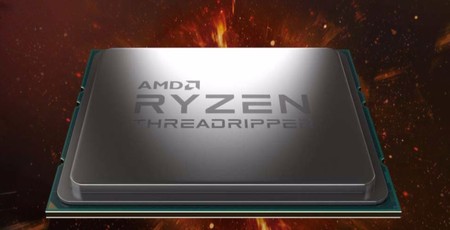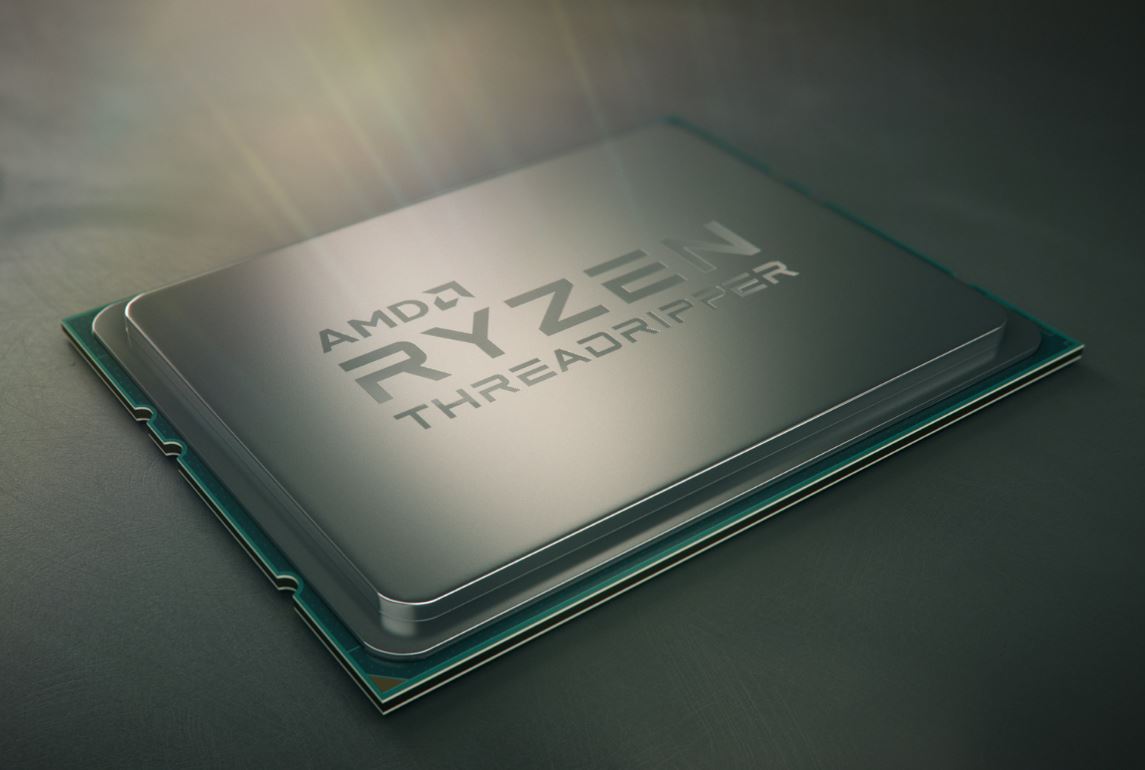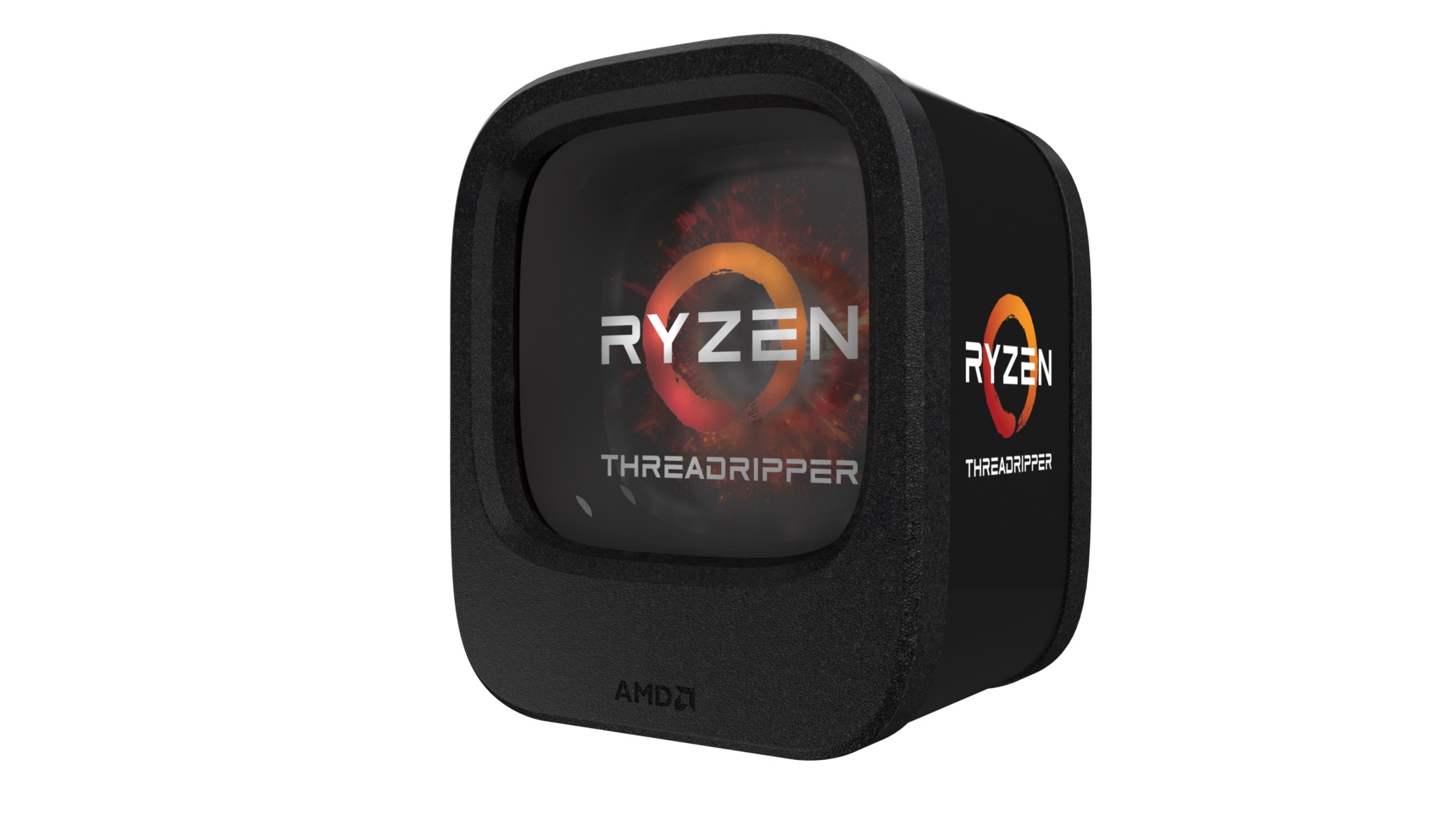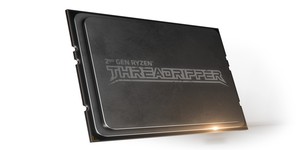
Overclocking
As we mentioned earlier on, with such a high XFR and one that adds more cores to the equation than Ryzen CPUs, there's is the potential issue of all-core overclocks not quite matching that frequency. So, a lot will depend here on just how much you can overclock Threadripper CPUs, especially as the 1950X, for example, already has an all-core boost of 3.6GHz.
The 1950X was a little disappointing in that we could only reach 3.85GHz using a vcore of 1.39V. Above this, temperatures quickly started to climb into the high 80s. However, this was tameable with an NZXT Kraken X42 liquid-cooler, so using custom liquid-cooling, especially with a water block that's able to cover more of the heatspreader, may yield better results. The 1920X fared much better, reaching 4GHz with a vcore of 1.36V, which again was quite easy to achieve, but above these settings temperatures quickly skyrocketed again.
Performance Analysis
Let's start with Ryzen Master's Creator and Game Modes to see what difference they make. We didn't test pure Game Mode outside of games, because it enables Legacy Mode and reduces cores and threads as a result, which is not something you'll want to be doing while rendering or video editing, for example. However, in pure Game Mode with local memory and Legacy Mode enabled, we yielded some noticeably better frame rates in games and also scores in synthetic game tests. For example, the minimum and average frame rate in Deus Ex rose from 64fps/88fps with the CPU overclocked in Creator Mode to 73fps/96fps in Game Mode. Fallout 4 saw the average frame rate rise from 105fps to 110fps, although Ashes of the Singularity: Escalation went the other way, falling from 44fps/50fps on the minimum and average to 36fps/42fps. Game Mode also saw a boost to VRMark, which rose by nearly 2,000 points. It's clear, then, that if you're keen to squeeze every frame out of your games, Game Mode is likely something you'll have to contend with.
Our second test involved just toggling the memory access mode from distributed to local, which still reduces latency but doesn't go as far as the pure Game Mode in reducing the active core and thread counts by also toggling Legacy Mode. This still saw some improvements in games, with Deus Ex seeing a 4fps boost to the minimum and 6fps boost to the average frame rate, and the VRMark score was again much higher, but again Ashes of the Singularity was slower. Outside of games, toggling between the two modes had mixed results. PCMark 10's Photo Editing test was a little slower in local mode than distributed, while Cinebench was ever so slightly faster.
The real differences come when you actually start to measure memory bandwidth and latency, where the difference between the two modes is clear. Distributed mode offers much lower memory speeds across the board as well as higher latency of 94.1ns. Switching to local mode, meanwhile, sees the memory read speed rise from 69GB/s to 84GB/s and the latency fall to just 69.9ns.

The more general question of Threadripper versus Core i9 is a very interesting one. There are clear examples of AMD simply making Intel’s 10-core CPU redundant. HandBrake, for example, sees the Threadripper 1920X matching the performance of the Core i9-7900X while costing £100 less, while for an extra £100 you get significantly better performance from the Threadripper 1950X. PCMark 10’s Photo Editing test seems to enjoy more cores too, with a win for both Threadripper CPUs; here, even the 1920X manages to beat both Intel CPUs we included in the graphs.
Intel still has a lead in Terragen 4, but in terms of cash-to-performance ratios, the Core i9, Threadripper 1920X, and Threadripper 1950X are all roughly where you’d expect them to be. The 1950X is the fastest CPU at stock speed and just edges out the Core i9-7900X with both CPUs overclocked, despite a massive clock speed advantage (but core deficit) with the Intel CPU. The Threadripper 1920X offers perhaps slightly lower value than Intel here, being only around £100 cheaper but noticeably slower and still not able to match the 10-core Intel CPU even when overclocked. A lot will depend on the application, though, and where Cinebench is concerned, it’s an AMD whitewash with even the Threadripper 1920X offering a substantial lead over the Core i9-7900X, the latter only matching the stock speed AMD CPU once overclocked to 4.6GHz.

In games, it’s a similar situation to Ryzen, but things have obviously been improving since March. In Ashes of the Singularity, the Threadripper 1950X isn’t only a whisker behind the Core i9-7900X, but the latter’s higher overclocking headroom allowed it to edge ahead after both CPUs had had some tweaking. Deus Ex once again prefers Intel CPUs, and the Threadrippers here performed similarly to the Ryzen 7 1800X. Overclocking did improve things, but the biggest gains still came from Game Mode.
In games that are more GPU-limited, such as Fallout 4, there’s much less of a difference, but you will be able to eke out some additional frames with some decent overclocking, as you can see with the Threadripper 1920X. 3DMark Time Spy is one example of the Threadripper 1950X performing better at stock speed thanks to an XFR boost significantly higher than we achieved when overclocking – a difference of nearly 400MHz in this case. The 1920X was obviously closer to that XFR boost, reaching 4GHz across all cores.
Power consumption is also roughly where you'd expect it to be given the additional cores on offer compared to the Intel 10-core. Overclocking wise, the Threadripper 1950X needed a higher vcore and has four extra cores to feed, which explains the higher load power draw from the wall. Both Threadripper CPUs drew just over 300W (total system consumption), which compares fairly favourably with 267W for the Intel Core i7-7900X, which of course has two fewer cores than the Threadripper 1920X.
Conclusion
As with Ryzen six months ago, the case for opting for AMD is clear-cut in some cases and not so much in others, but overall Threadripper is hugely disruptive in a number of areas. For a first stab at a modern high-end desktop platform, AMD has done pretty well, and with the Core i9-7900X having seen a £100 price drop since launch and Intel quickly reforming ranks to bolster both its mid-range and high-end offerings, it's clear that we're not the only ones viewing Threadripper and indeed the Ryzen 3, 5, and 7 ranges of CPUs as viable alternatives to Intel - not just cheaper options.
Multi-threaded performance is of course a very strong point for AMD here, and in many tests the Threadripper 1950X is simply much better value than the Core i9. The argument will be that game performance remains better on Intel in spite of AMD's efforts and that there are 12-, 14-, 16-, and 18-core parts on the horizon from Intel. However, with the Core i9-7900X soundly beaten in many non-gaming tests and with the 12-core Core i9-7920X slated to cost at least £100 more than the Threadripper 1950X, it's unlikely Intel will make up much ground, especially in terms of value. It will likely regain the performance crown with the Core i9-7980XE, though, albeit for around £2,000, of course. We're also impressed with how solid the X399 platform is at launch too. We've had memory up to 3,200MHz while overclocking, and the various memory access modes have worked smoothly.
The Threadripper 1920X is a slightly tougher CPU to recommend. It does offer more PCIe lanes than the Core i9 and certainly overclocked well, although this could simply be down to luck of the draw and early EFIs. AMD's various memory access modes do help, and you should be able to expect similar boosts from the cheaper CPU too. Those things aside, once board prices calm down a bit, it will be a much closer call, and things could well turn in AMD's favour very quickly if the 1920X sees a price cut and edges out a £100+ saving over the Core i9.

Ryzen Threadripper 1920X


MSI MPG Velox 100R Chassis Review
October 14 2021 | 15:04








Want to comment? Please log in.